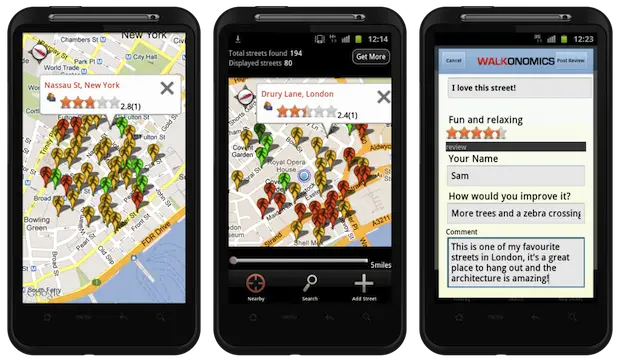Saving Historic Buildings by Creating Opportunities for New Memories
One of the common challenges of historic preservation is how to get public buy-in to save buildings that are considered ‘difficult cases’. These are those large buildings that are thought to be too complicated to reuse, or ones that embody negative feelings from the community. One solution to overcoming these perceptions is to get people to interact with the building in new ways so they can fall in love with it. Do not wait until a traditional solution is found or restoration is complete; get people in the buildings as soon as possible to encourage the creation of new memories and attachments.
That was exactly what City of Night in Buffalo, New York did. The event invited people into grain elevators for a night of art, music, eating and partying. There are numerous grain elevators in Buffalo (an area that was once the hub of the grain industry), but most are abandoned, acting as reminders of how far Buffalo is perceived to have fallen. Buffalo is considered a rust belt city where both the economy and population have been in decline, and there is a move to wipe out the grain elevators.
However, a passionate group of young professionals and preservationists have looked beyond the industrial history of these large artefacts to try and create new meanings. Groups offer walking and boat tours through the summer, but The City of Night event offered something different: a chance for people to enter the world of Silo City and get up close and personal with the elevators.
I heard about the event through Twitter and decided to go. I grabbed a friend and we made the hour trek across the border from our homes in Hamilton, Ontario. Upon arrival we just followed the crowds. There were not many signs and we had a map, but we never looked at it, we just wandered around and explored.

Inside the main elevator were art installations that included stunning photos of Buffalo’s grain elevators, murals of on-site photo shoots, farming wheat and artist booths. This elevator was also open for exploration all the way to the top. We climbed about twelve flights of stairs for an amazing view of downtown Buffalo, the Silo City complex and the inner industrial workings.
The second elevator, located in the former Malt House, contained mostly artist booths and my favourite art installation of the night. The building was originally used for some kind of firing, so there were large furnaces and vents painted a light green, alternating with white painted walls. In one of the corridors there was a giant mesh chandelier which was perfectly lit. It was titled “The Wrecking Ball” and was designed to represent the transformation of industrial spaces into cultural spaces. I loved the contrast of the classy chandelier and the decaying corridor.

The third elevator had a series of art installations including echo music, light shows, murals and – the highlight – a 360° painting of the Buffalo Skyline, all of which played into the circular spaces of the silos.
The event worked well because it played into people’s desire to explore the elevators, with the lack of signs meaning people had to rely on their curiosity. There were few barriers to keep you out of places, and it felt like you were being let into a secret world. The combination of art installations, performances and music brought both life and new meanings into the elevators.
People were wandering around exploring, taking photos, admiring art, listening to music, eating and partying. They were creating new memories in a previously abandoned space. Hopefully the people of Buffalo will now have an attachment to the space and will be more likely to advocate for its protection.


